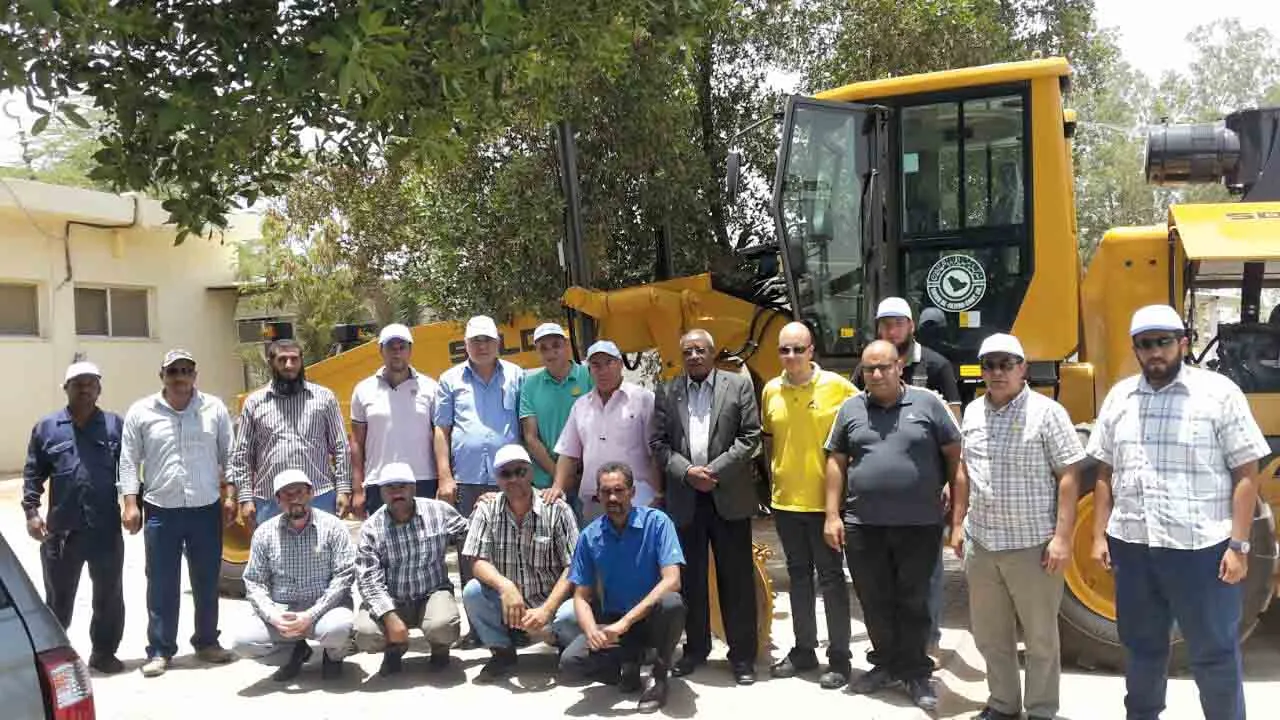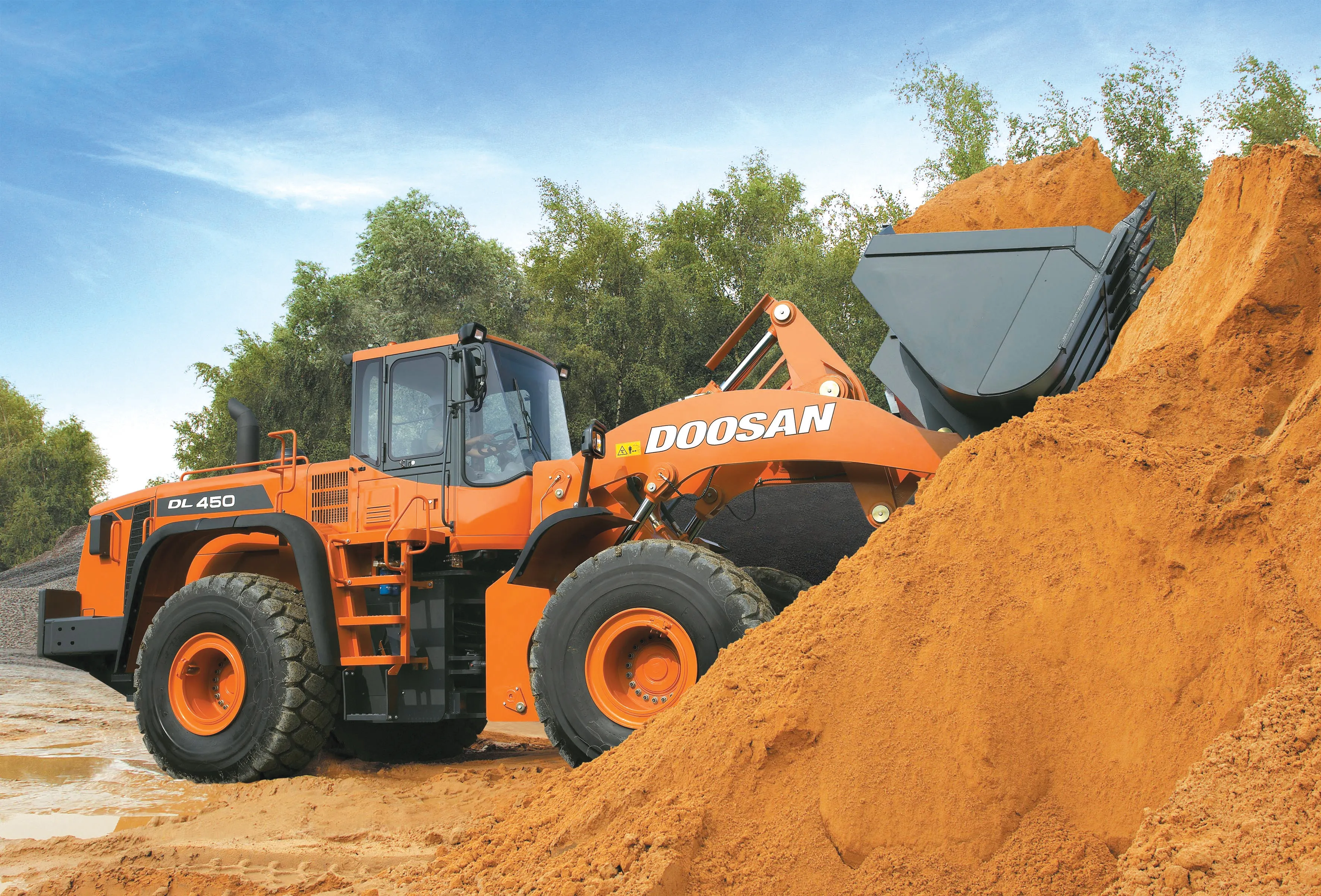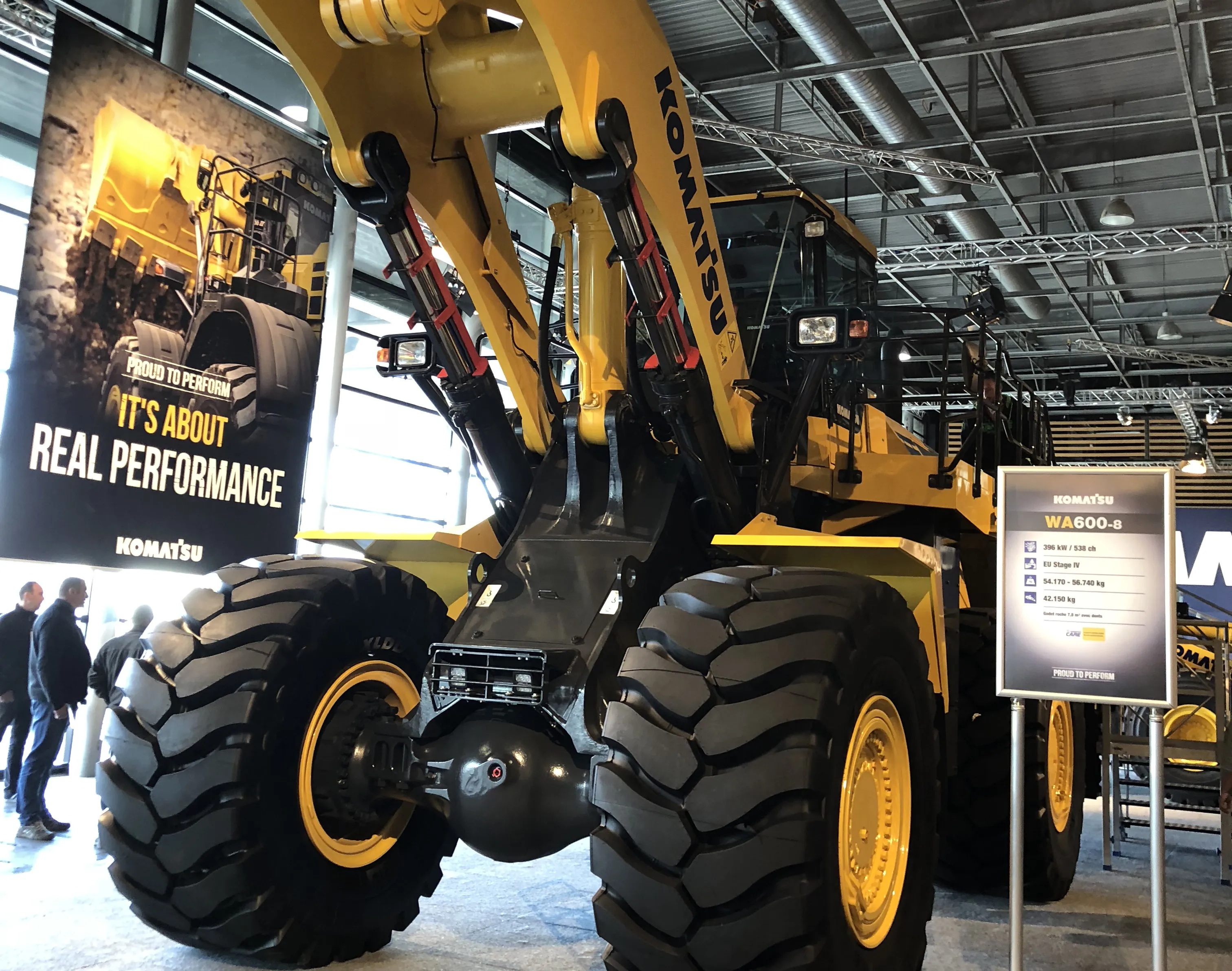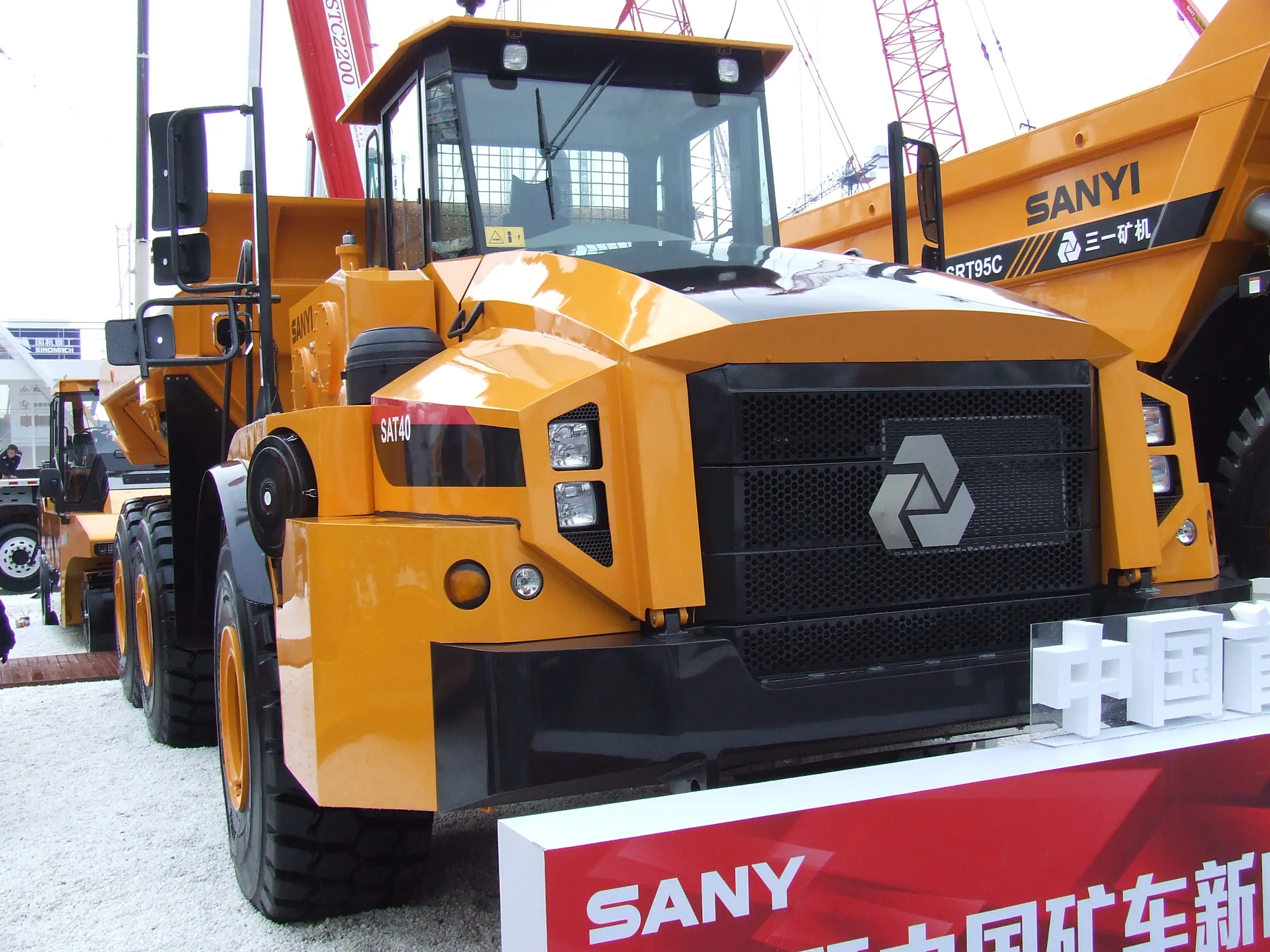
With the construction market growing in the Philippines, SDLG hopes to further develop sales in the country. The Philippines construction industry will grow by 12.5% in real terms in 2017 and a further 11.7% in 2018 on the back of the government’s infrastructure development plans, according to a recently released market research report. For SDLG, this potential growth offers the chance to cement its market leadership position in the Philippines.
In terms of units sold, wheel edloaders made up a large market, with the company’s two most popular models being the 3tonne bucket capacity LG936L and the 5tonne bucket capacity L956F. Together, these two units accounted for more than 90% of SDLG’s wheeled loader sales in the Philippines in 2016, according to the firm’s market analysis.
In the Philippines, SDLG sales and service are handled by Civic Merchandising. The dealer is headquartered in Manila and has five other branches throughout the country.









